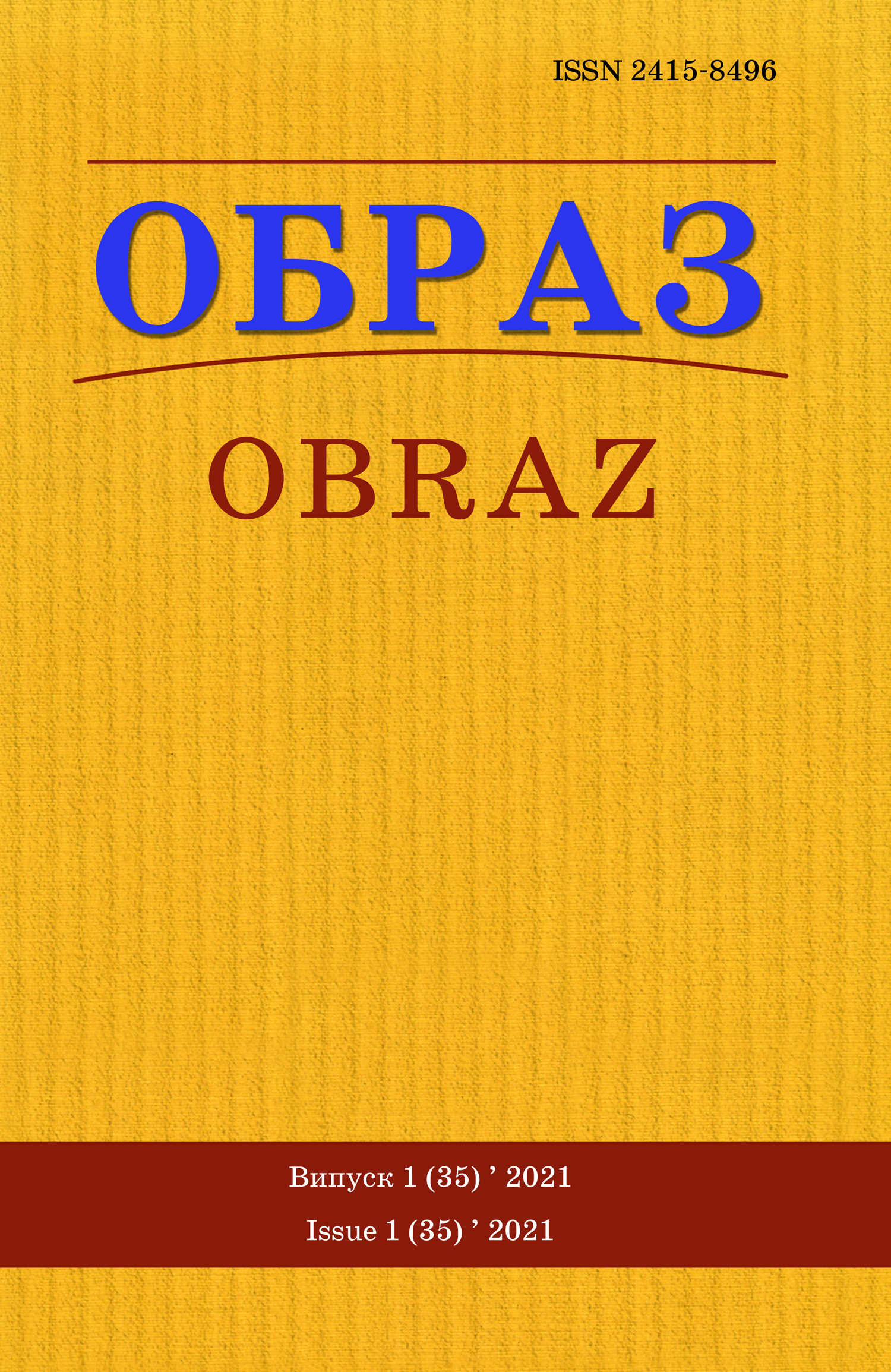Abstract
Introduction. The current stage of the development of society is characterized by increasing the influence of investigative communication, which shapes the global culture and global information space. Media culture has become an integral part of the professional and personal life of every member of society. The growing importance of investigative journalism leads to drastic changes in the minds of the audience, as well as in ways of obtaining information and public response. The goal of the research is to study the strategies and tactics of the investigative media text and to diagnose its current position in grounding the new role it plays today in the communicative process. Therefore, the relevance of the work is motivated by the fact that in modern science there is a need for a systematic study of investigative media text form and text creation basics as a component of journalistic success in the context of trends of ethical, aesthetic, and spiritual values of the audience development. This will make it possible to find the linguistic and stylistic basis forming the basis of the communicative strategy and tactics of the investigative journalist, as an integral part in the formation of universal values of the individual. Methodology. A combined system of methods, including historical and literary method with elements of semiotic and culturological analysis, comparative and historical, sociological, psychological, descriptive, logical methods, as well as the conceptual author’s approach form the theoretical and methodological basis of the study. Results. We took a new look at the nature of the interaction and mutual influence of a journalist’s investigative activity and a potential audience to characterize the development of social journalism and the whole sphere of social communication in general, and analyzed the form and text creation factors that best shape the success of the investigator as a personality. Conclusions. Investigative media text, which is constantly and regularly improved by developing the professional skills of a journalist, and new conditions and factors influencing the formation and development of value orientation of the recipient’s personality are rather poorly studied issues. In the paper, an attempt is made to study the topical problem from a fundamentally new point of view – the investigative product is studied from a position of the published text in direct connection with the audience and its values, appeared under the actual investigative text influence.
References
1. Vladymyrov, V. M. (2002), Pryncypy zhurnalistyky u svitli teoriyi rozuminnya [The principles of journalism in the light of the theory of intelligence], Ukrayinske zhurnalistykoznavstvo, In-t zhurnalistyky, Kyiv, No. 3, pp. 35–41[in Ukrainian].
2. Gordiyenko, T.; Tolokolnikova, K. (2018), Yak staty gidom dlya svogo chytacha: sekrety storitelingu vid zhurnalista The Wall Street Journal [How to Become a Guide for Your Reader: Secrets of Storytelling]. Detektor media. 17 serpnya. Retrieved from: https://detector. media/production/article/140223/2018-08-17-yak-stati-gidom-dlya-svogo-chitacha-sekretistoritelingu-vid-zhur nalista-the-wall-street-journal [in Ukrainian].
3. Kolesnichenko, A. V. (2015), «Dlinnye teksty (longridy) v sovremennoj rossijskoj presse» [«Long Texts (Longreads) in the Modern Russian Press»], Mediaskop, No 1. pp. 171–173. [in Russian].
4. Konstantinov, A.D. (2001), Zhurnalistskoe rassledovanie: istorija metoda i sovremennaja praktika [Journalistic Investigation: History of the Method and Current Practice], Neva, SanktPeterburg, 383 p. [in Russian].
5. Korkonosenko, S. G. (2010), Svoboda lichnosti v massovoj kommunikacii [Freedom of Personality in the Mass Communication], LЕTI, Sankt-Peterburg, 307 p [in Russian].
6. Lubkovych, I.M. (2013), Socialna psyhologiya masovoyi komunikaciyi [Social Psychology of Mass Communities], PAIS, Lviv, 250 p. [in Ukrainian].
7. Moskalenko, A. (1998), Teoriia zhurnalistyky [Theories of Journalism], Kyiv, Ekspresob’iava, 334 p. [in Ukrainian].
8. Murikan, Zh. (2001), Zhurnalistskoe rassledovanie [Journalistic Investigation], Kiev, 74 p. [in Russian].
9. Pulja, V. (2015), «Kak sozdat multimedijnyj longrid?» [«How to Create a Multimedia Longread?»], Zhurnalist, No. 2, pp. 44–45. [in Russian].
10. Rizun, V. V. (2003), Masy [Masses], VPTS «Kyivskyj universytet», Kyiv, 118 p. [in Ukrainian].
11. Sidorov, V. A. (2004), Zhurnalistskij tekst i socialnaya dejstvitelnost: poznanie, otrazhenie, preobrazovanie. Sociologiya zhurnalistiki [Journalistic text and social reality: cognition, reflection, transformation], Aspekt Press, Moskva, pp. 90–109 [in Russian].
12. Shesterkinа, L. P. (2016), Universalnaja zhurnalistika [Universal Journalism], Aspekt Press, Moskva, 480 p. [in Russian].
13. Tertichnyj, A.A. (2002), Zhurnalistskoye rassledovanie [Investigative Journalism], Aspekt Press, Moskva, 384 p. [in Russian].
14. Topal, V. (2015), Mats Vikman: Storiteling – ce yak skladannya konstruktora [Storytelling is Like Assembling a Constructor]. Detektor media. 17 chervnya. Retrieved from https:// ms.detector.media/ mediaprosvita/how_to/mats_vikman_storiteling_tse_yak_skladannya_ konstruktora [in Ukrainian].
15. Uillmen., Dzh. (1998), Zhurnalistskoe rassledovanie. Zhurnalistskie rassledovanija: sovremennye metody i tehnika [Journalistic Investigation. Journalistic Investigations: Modern Strategies and Techniques], Violanta, Moskva, 123 p. [in Russian].
16. Boesman, Jan; Meijer, Irene Costera (2018), « Nothing but the facts? Exploring the discursive space for storytelling and truth-seeking in journalism». Journalism Practice, Vol. 12, No. 8, Р. 997–1007.

This work is licensed under a Creative Commons Attribution 4.0 International License.

